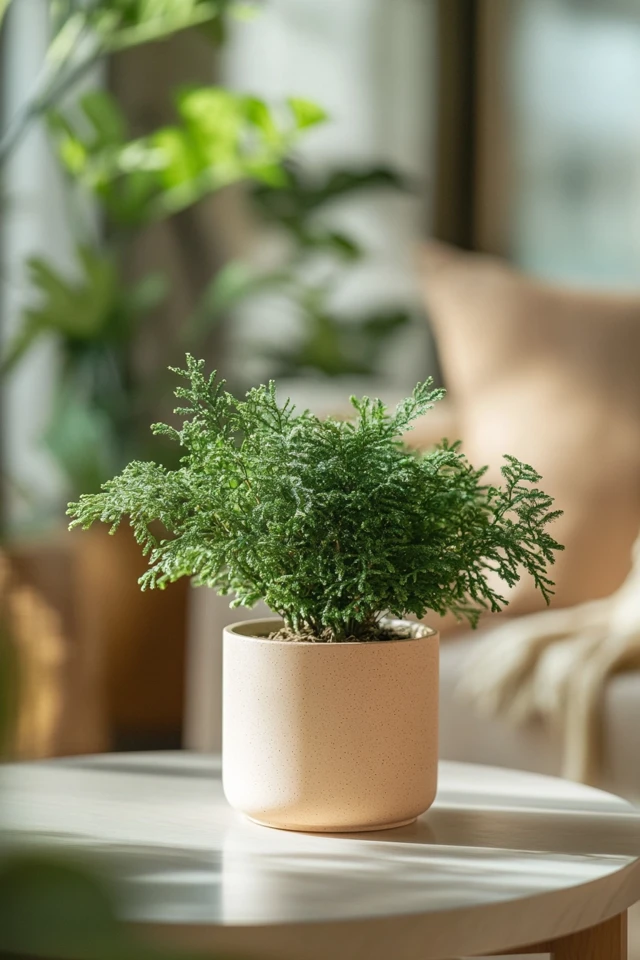There’s something magical about adding plants to a space—they bring life, color, and tranquility to any room. Whether you’re working with a small bedroom, a cozy living room, or a spacious home office, incorporating greenery can transform the energy of the space and even boost your mood.
I learned this firsthand when I moved into my first apartment. It had all the charm of a shoebox: small, dull, and lifeless. One day, on a whim, I picked up a pothos plant from a farmer’s market, and suddenly, my little apartment felt like home. Since then, I’ve turned every room I’ve lived in into a personal oasis of green, experimenting with unique and creative ways to integrate plants into the decor. Let’s dive into how you can do the same!
Why Add Plants to Your Room?
- Improves Air Quality: Plants naturally purify the air, making your space healthier.
- Adds Visual Interest: Greenery enhances the aesthetic of any room, adding texture and color.
- Boosts Mood: Studies show that being surrounded by plants can reduce stress and promote relaxation.
- Connects You to Nature: Incorporating plants brings the calming effect of the outdoors inside.
1. Create a Floating Plant Shelf
Why It’s Perfect:
Floating shelves are a chic way to display plants, adding greenery while saving floor space.
How to Do It:
- Install a shelf near a window for sunlight-loving plants like succulents or herbs.
- Mix and match pots of different sizes for a dynamic look.
- Add trailing plants, like string of pearls or ivy, to create a cascading effect.
Pro Tip: Rotate your plants occasionally to ensure even sunlight exposure.
2. Hang Plants from the Ceiling
Why It’s Eye-Catching:
Hanging plants draw the eye upward, adding vertical interest and freeing up surfaces.
How to Do It:
- Use macramé hangers for a bohemian vibe or sleek metal hooks for a modern look.
- Hang trailing plants like spider plants, pothos, or Boston ferns for the best effect.
- Position hangers near natural light sources, like windows or skylights.
Pro Tip: Check the weight limits of your ceiling hooks to ensure they can handle your pots.
3. Use a Plant Ladder
Why It’s Trendy:
A plant ladder is a stylish alternative to traditional shelving, offering tiered levels for showcasing plants.
How to Do It:
- Choose a wooden or metal ladder and lean it against a wall.
- Arrange plants of varying sizes on each step, mixing pots and vases for variety.
- Use smaller plants, like cacti or succulents, on higher levels for balance.
Pro Tip: Keep the bottom rungs clear or use large pots to avoid cluttering the floor.
4. Incorporate Plants into Furniture Design
Why It’s Functional and Unique:
Furniture with built-in planters combines practicality and style.
How to Do It:
- Choose coffee tables or bookshelves with integrated planter boxes.
- Use window bench seating with a built-in plant nook for added charm.
- Opt for side tables with open shelves to display small pots or trailing plants.
Pro Tip: Use artificial plants in areas where watering might damage furniture.
5. Decorate with Terrariums
Why It’s Low-Maintenance:
Terrariums are compact, self-contained ecosystems that thrive with minimal care.
How to Do It:
- Choose a glass vessel, such as a jar, vase, or globe, and layer it with soil, moss, and small plants.
- Add decorative elements like stones, shells, or miniature figurines for a personalized touch.
- Place terrariums on desks, bedside tables, or shelves as statement pieces.
Pro Tip: Choose plants that thrive in terrariums, like ferns, mosses, or air plants.
6. Frame Your Windows with Greenery
Why It Maximizes Natural Light:
Placing plants around windows creates a lush, garden-like vibe.
How to Do It:
- Use window sills to display small pots of herbs or succulents.
- Hang trailing plants on both sides of the window for a cascading effect.
- Add a tension rod to the window frame and hang small planters or vases.
Pro Tip: Choose light-filtering plants like philodendrons or snake plants that thrive in bright indirect light.
7. Make a Green Wall or Living Art
Why It’s a Showstopper:
A green wall or vertical garden makes a bold statement and turns greenery into artwork.
How to Do It:
- Use a modular wall planter system to create a living wall.
- Arrange plants in geometric patterns for a modern aesthetic.
- Include a mix of textures by combining ferns, succulents, and flowering plants.
Pro Tip: Install a drip irrigation system to make watering easier for larger green walls.
8. Style Your Desk with Mini Plants
Why It’s Functional:
Small plants add personality to workspaces without taking up much room.
How to Do It:
- Use tiny succulents, air plants, or a small potted cactus to decorate your desk.
- Choose a ceramic or geometric pot to add a pop of color or style.
- Keep low-maintenance plants on hand to make care easier in busy spaces.
Pro Tip: Place plants near your computer but out of direct sunlight to avoid overheating them.
9. Layer Plants in the Bathroom
Why It’s Unexpected and Refreshing:
Bathrooms are ideal for plants that thrive in humid environments.
How to Do It:
- Hang plants like orchids or pothos near the shower.
- Add small ferns or mosses to a windowsill or shelf.
- Use wall-mounted planters or suction-cup holders for a space-saving solution.
Pro Tip: Be sure to choose plants that can handle low light and humidity, like peace lilies or bamboo.
10. Cluster Plants for a Mini Indoor Jungle
Why It’s Stunning:
Grouping plants together creates a lush, layered look reminiscent of an outdoor garden.
How to Do It:
- Use different sizes and heights to create visual interest.
- Place larger plants like fiddle-leaf figs or monstera in the back and smaller ones in the front.
- Incorporate planters in complementary colors for a cohesive look.
Pro Tip: Rotate your plants every few weeks to give each one equal exposure to sunlight.
Picture Gallery
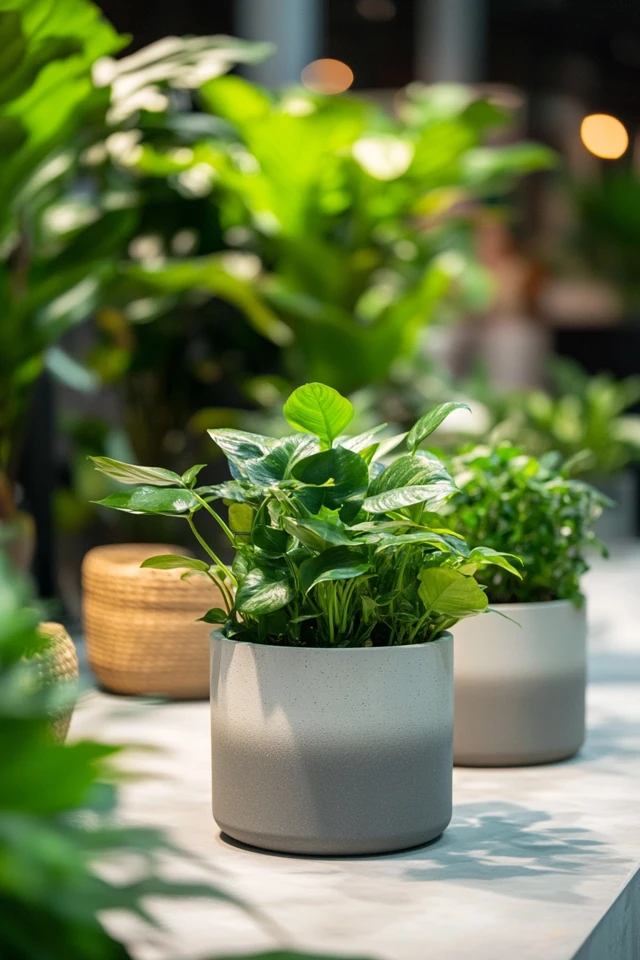

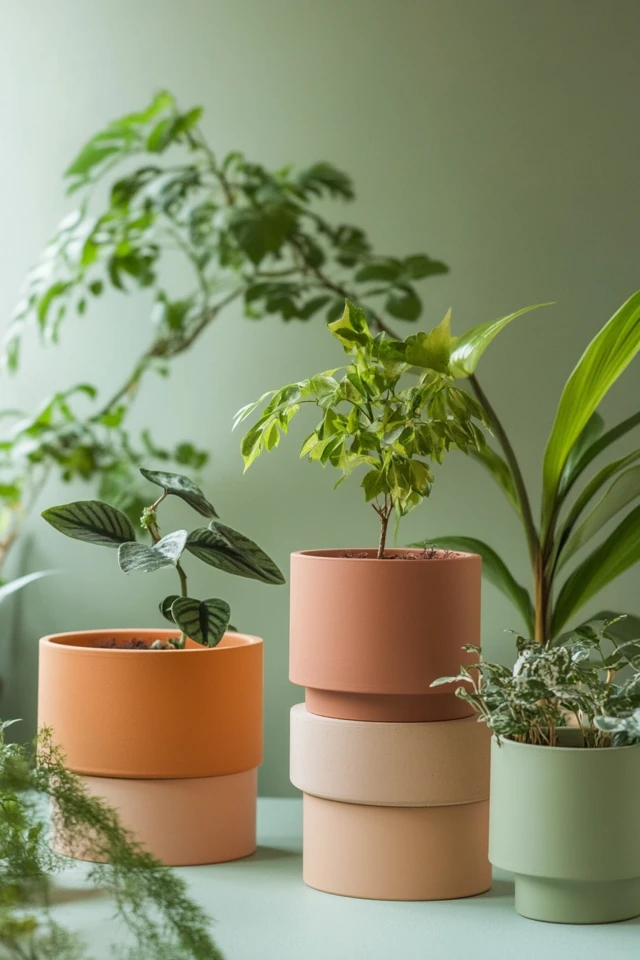
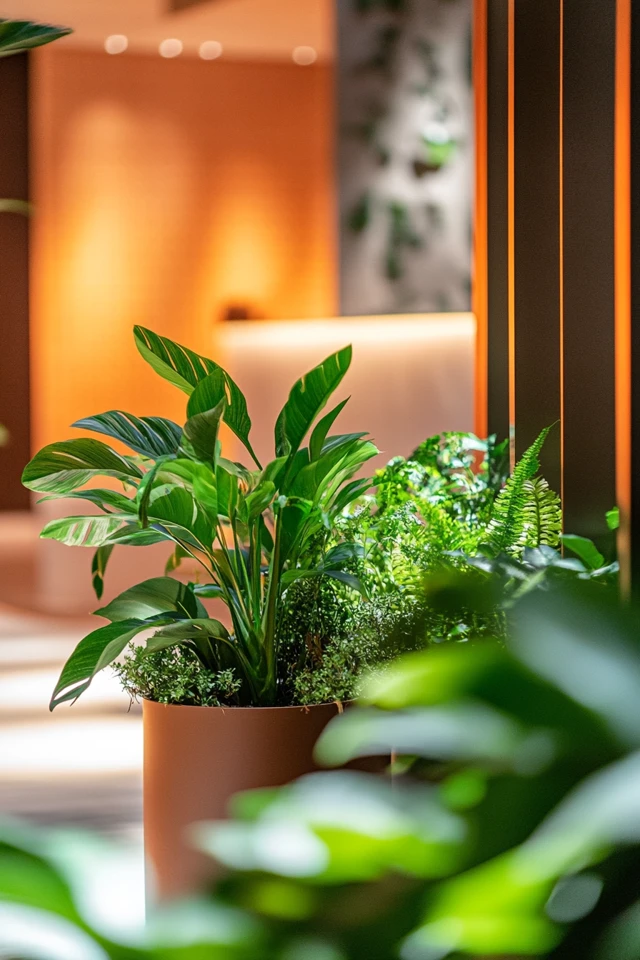
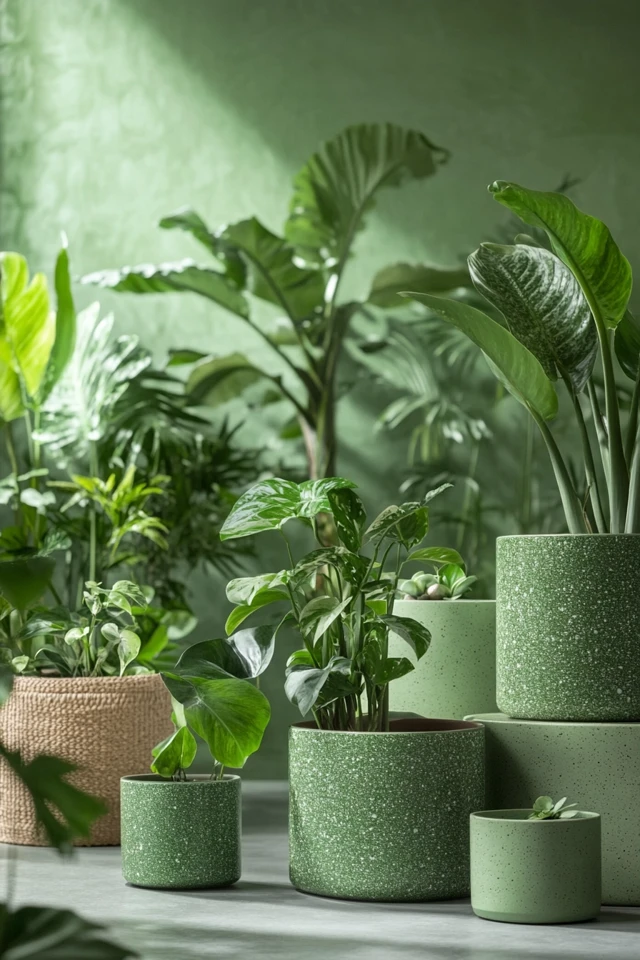
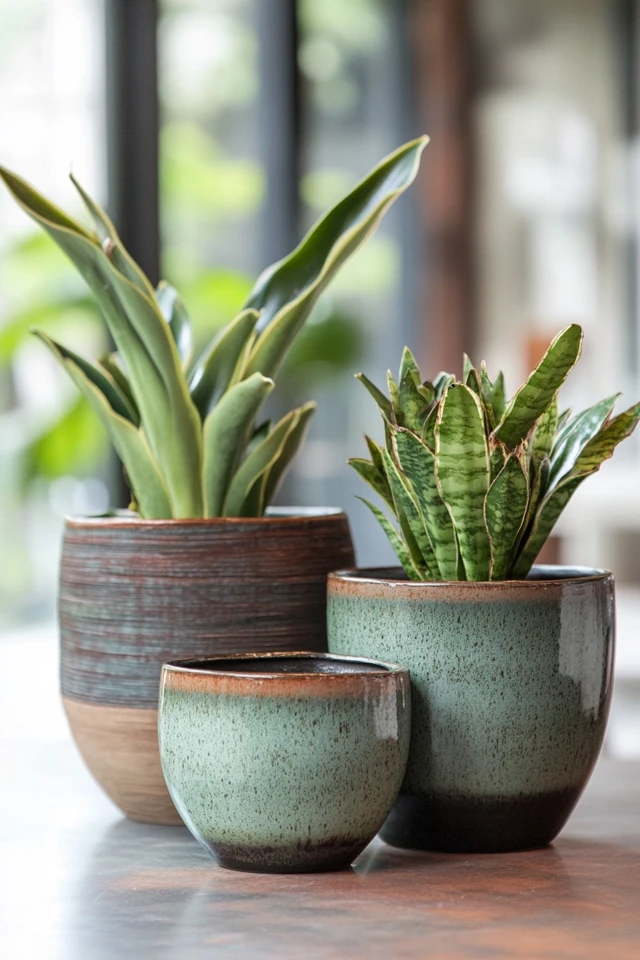
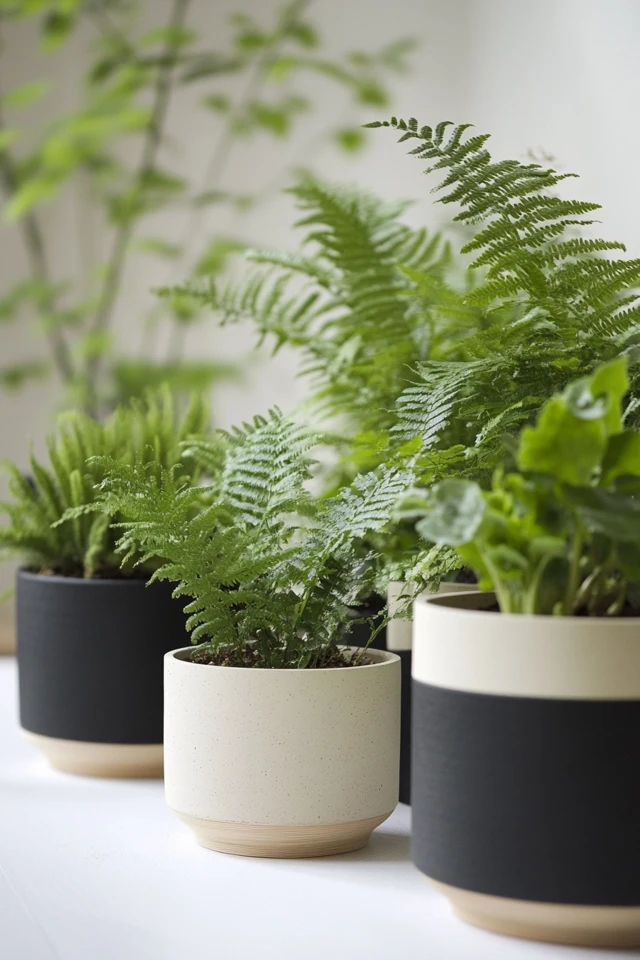
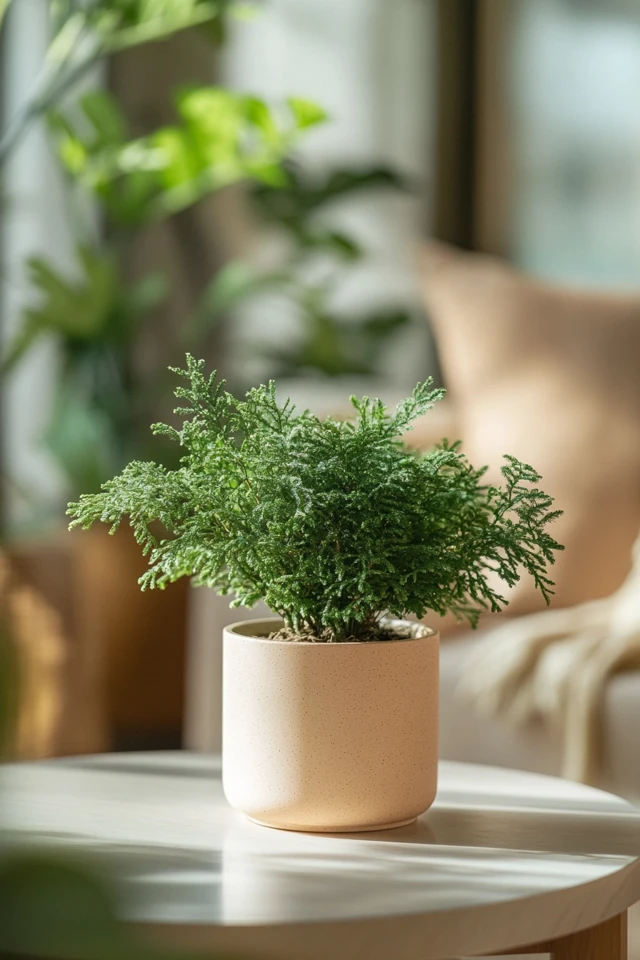
Conclusion
Incorporating plants into your room doesn’t just enhance its visual appeal—it makes your space feel alive. From window-framing greenery to bold green walls, there’s no limit to the creativity you can bring with plants. Whether you’re a plant enthusiast or just starting out, these ideas can help you turn any room into a personal oasis.
Remember, plants are more than just decor; they’re living companions that bring a sense of calm and well-being to your home. Experiment, have fun, and watch your space (and your plants) thrive!
FAQs
1. What are the best plants for beginners?
Some of the easiest plants to care for include pothos, snake plants, spider plants, and ZZ plants.
2. Can I use fake plants instead of real ones?
Yes, faux plants can be a great alternative if you’re concerned about maintenance, but real plants offer air-purifying benefits.
3. How do I care for hanging plants?
Ensure they get adequate sunlight, water sparingly (depending on the plant), and use pots with drainage holes to avoid root rot.
4. Can I keep plants in low-light rooms?
Yes, opt for low-light tolerant plants like pothos, peace lilies, or cast-iron plants.
5. How do I prevent overwatering my plants?
Stick to a watering schedule, use pots with proper drainage, and only water when the soil feels dry to the touch.

